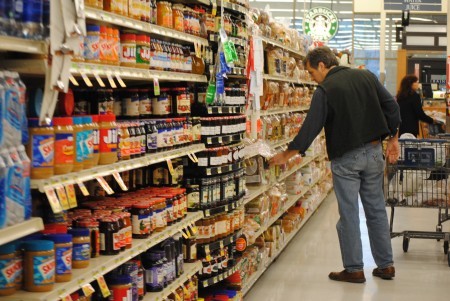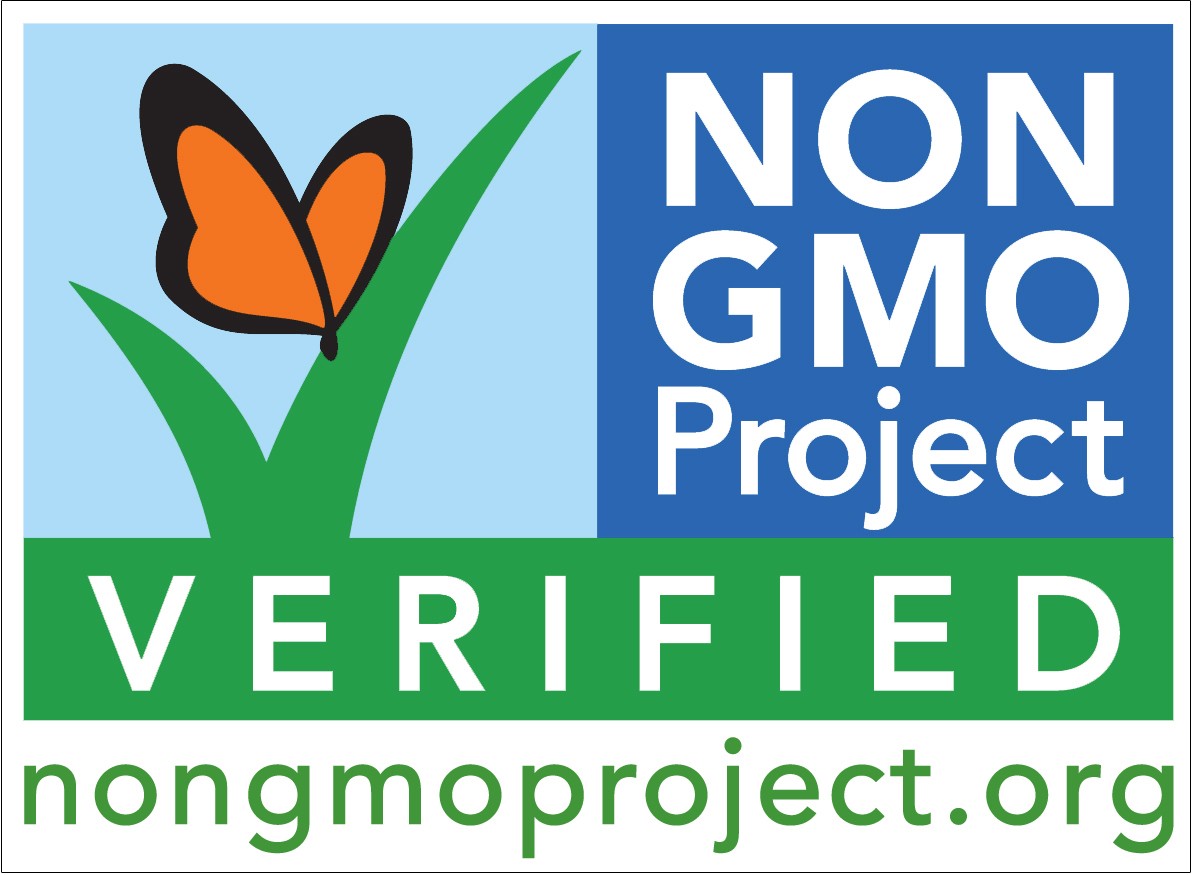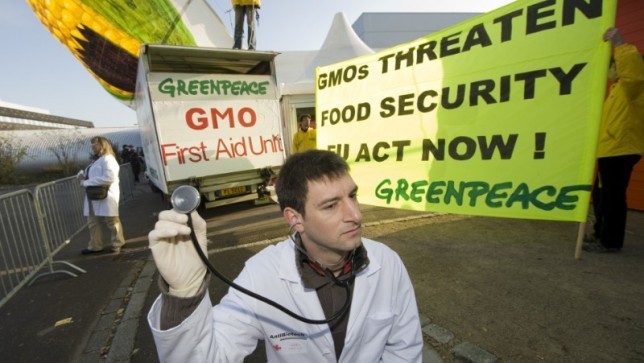
You think the FDA has your back? Sure, they proposed two new regulations to up food safety measures, specifically how food processors and farmers can work better to keep their fresh products free of dangerous bacteria (remember that killer cantaloupe outbreak from 2011?). But while it may seem like the government is out to protect us from bad—even fatal—food-borne illnesses, which cause some 3,000 deaths a year, they don't completely have our best interest—or health—in mind.
Released just this past February, the book Rich Food Poor Food: The Ultimate Grocery Purchasing System (GPS) uncovered these additives and exactly why they are still being used in food production despite their detrimental health effects. Nutritionist Mira Calton and her husband Jayson Calton, Ph.D. underwent a six-year journey, traveling to over 100 countries and studying more than 150 ingredients, in order to put together a list of the top 13 chemical additives that have been banned by foreign governments yet are still used in the US food industry, to the detriment of consumers.
There are countless chemicals in use all over the world today, many of which have been linked to cancer and other serious illnesses. Once the chemical is linked to these illnesses the excuse is often that they just didn’t know that the long-term effects of these chemicals would cause such disorders. Kind of like smoking, they just didn’t know that smoking would lead to cancer back then, but now they do because they are seeing it first hand. Even after it was proven that smoking caused cancer, however, it took a long time to fully let the public know. When there is money to be lost the truth often becomes very shady.
Below are the top 13 worst chemicals used in food products in the US today, that are banned in other countries. The difference between the US and the rest of the world is that once something is proven to …
In contrast, the U.S. federal government’s approach to chemicals management sets a very high bar for the proof of harm that must be demonstrated before regulatory action is taken.This is true of the U.S. Toxic Substances Control Act, the federal law that regulates chemicals used commercially in the U.S. The European law regulating chemicals in commerce, known as REACH (Registration, Evaluation, Authorisation and Restriction of Chemicals), requires manufacturers to submit a full set of toxicity data to the European Chemical Agency before a chemical can be approved for use. U.S. federal law requires such information to be submitted for new chemicals, but leaves a huge gap in terms of what’s known about the environmental and health effects for chemicals already in use. Chemicals used in cosmetics or as food additives or pesticides are covered by other U.S. laws — but these laws, too, have high burdens for proof of harm and, like TSCA, do not incorporate a precautionary approach.
Please Read this Article at NaturalBlaze.com





Leave a Reply